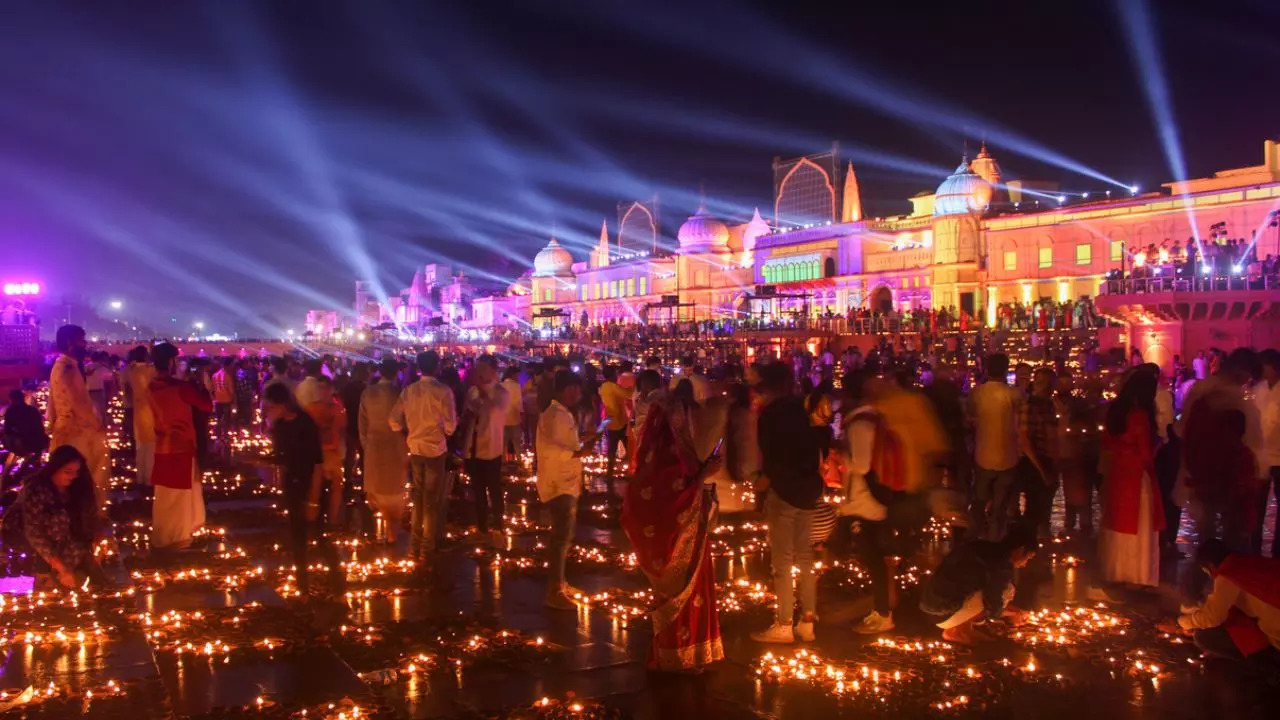
A travel guide to Ayodhya for Diwali celebrations. Credit: iStock
In AyodhyaSpirituality greets the traveler in every corner. The ancient city, which today is a religious bastion, especially since the inauguration of the Ram Janmabhoomi TempleIt is a sight during Diwali, with vibrant celebrations taking over locals and travelers alike. And why wouldn’t it be? The city, long known as the birthplace of Ram, is preparing to commemorate its lord’s return to Ayodhya after 14 years of exile, adorning every street with the glow of a thousand lamps and diyas. If you’re here, these are the places you should add to your city itinerary.
Ram Janmabhoomi Temple
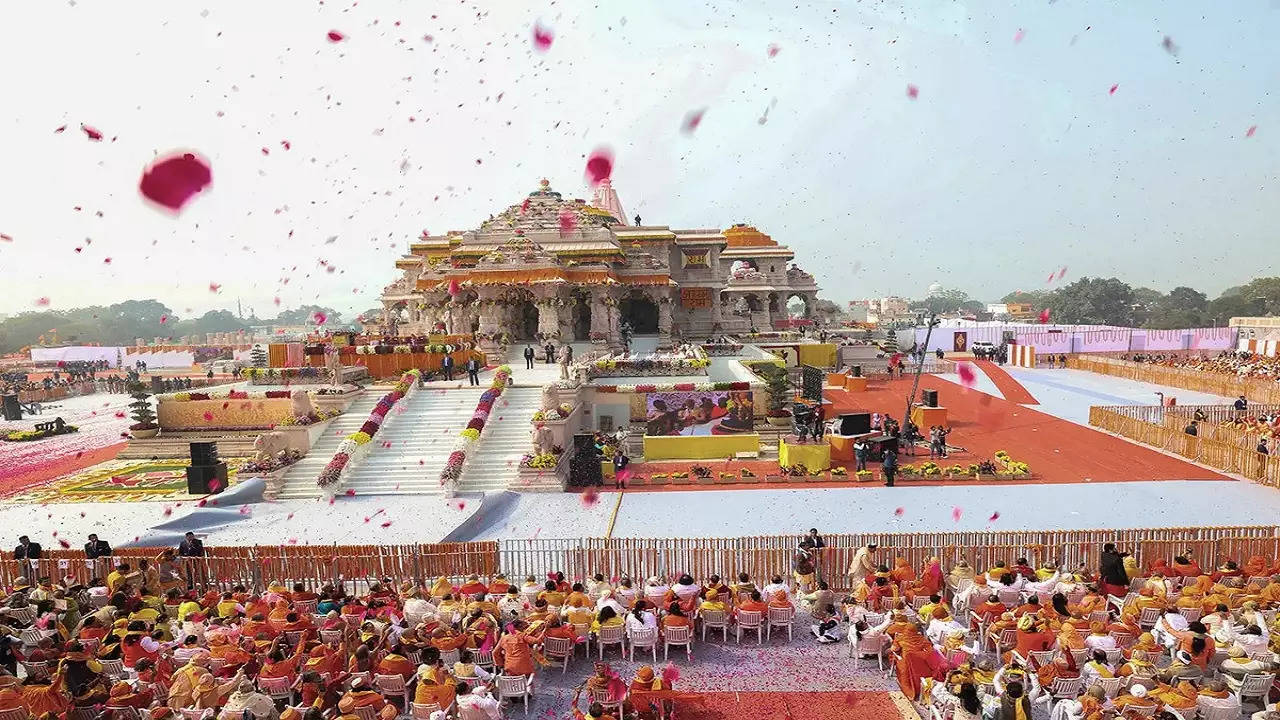
At the center of all Ayodhya itineraries is the newly inaugurated Ram Janmabhoomi Temple, whose consecration ceremony turned the city into the largest tourist spot in the state. The Ram Janmabhoomi site, believed to be the birthplace of Lord Ram, is beautifully decorated and special prayers and rituals are performed attracting thousands of devotees.
Ram Ki Paidi
Every year, the banks of the Sarayu river are decorated with thousands of diyas on the occasion of Depotsav in Ayodhya. We recommend heading to the ghats on the eve of Diwali, i.e. October 30, and watch another record number of diyas light up the night. You can also rent a boat and take in the view from the river side.
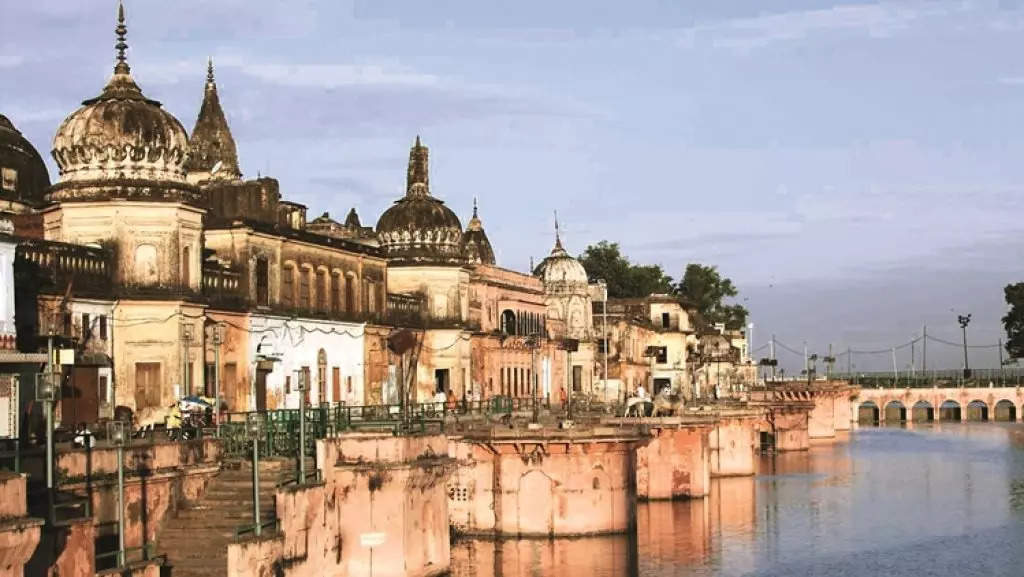
Hanuman Garhi
Located on a hill, this ancient temple dedicated to Hanuman offers panoramic views of Ayodhya. Locals tell how Lord Hanuman lived here to protect Ayodhya. The temple has a beautiful idol of Lord Hanuman in his child form (bal roop) sitting on the lap of his mother, Mata Anjani, making this temple a popular pilgrimage site, especially during Diwali when devotees flock to mass in search of blessings.
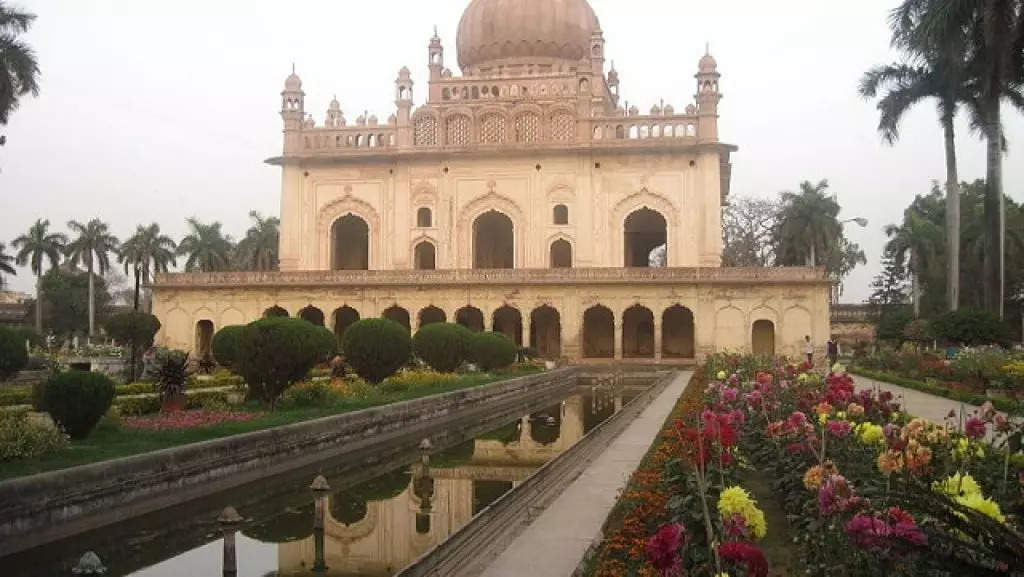
Gulab Bari
Gulab Bari is a rose garden and mausoleum in Ayodhya, Uttar Pradesh. It houses the tomb of Nawab Shuja-ud-Daula, the third Nawab of Oudh. Known for its beautiful roses and tranquil atmosphere, Gulab Bari is both a place of worship and a cultural centre. Legend has it that the monument is connected to a well in Lucknow and was once a hideout for the Nawab’s successors.
Nageshwarnath Temple
This temple in Ayodhya, located at Ram ki Paidi, is believed to have been established by Kush, the son of Lord Ram, and is dedicated to Lord Shiva. Legend has it that it was built for a Nag-Kanya who loved Kush after finding the bracelet he lost while bathing in the Sarayu River. The temple has been rebuilt several times and the current structure dates back to 1750. Shivratri is an important festival here that attracts thousands of devotees.
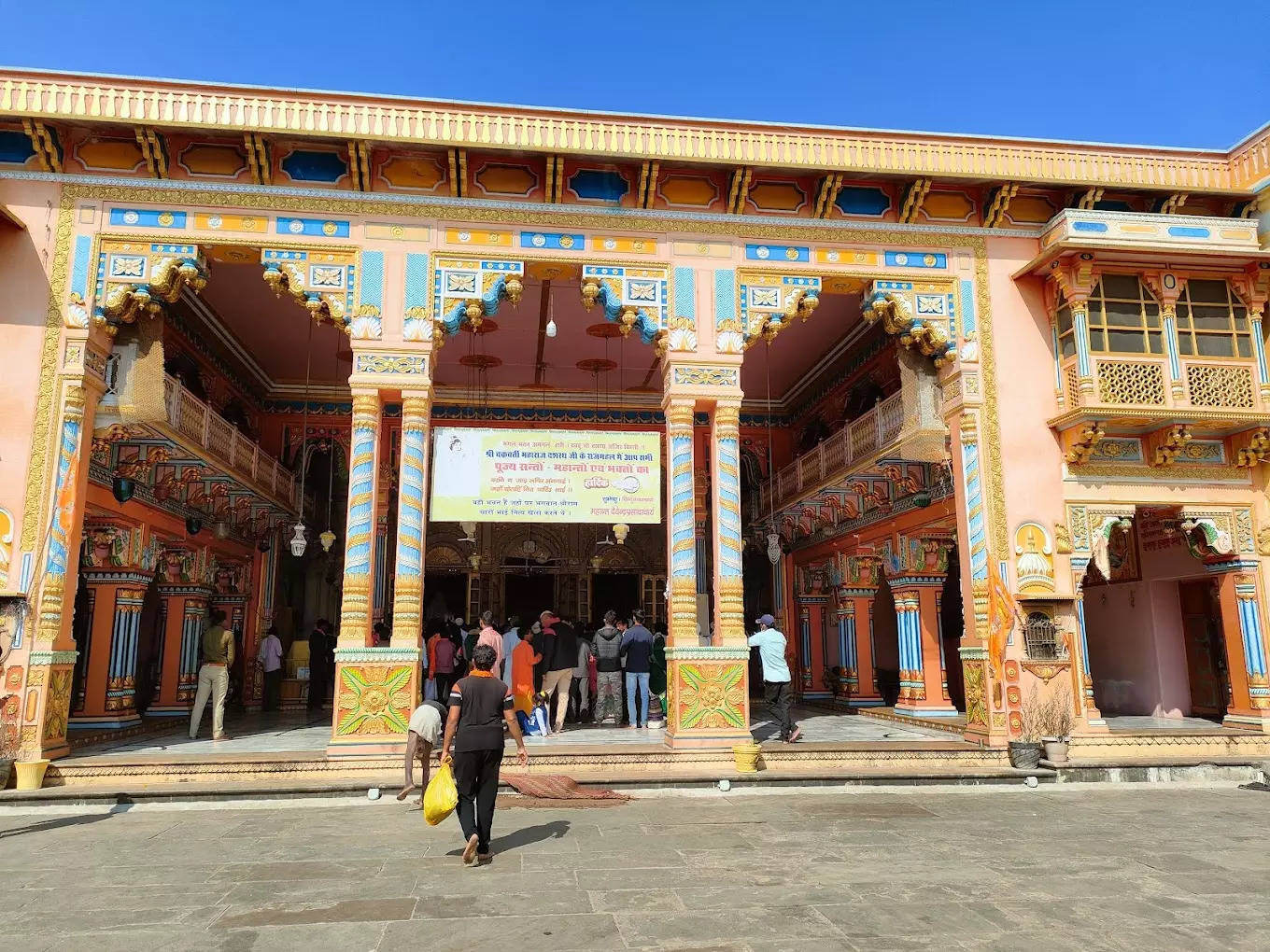
Dashrath Mahal
Located a short distance from Hanuman Garhi, the historic Dashrath Mahal was the abode of King Dashrath and is the place where Ram spent his childhood with his family. Inside the mahal, there is a shrine of Lord Ram, Lakshman and Sita. The palace exhibits intricate architecture and is a must-see for history enthusiasts.
Disclaimer:
The information contained in this post is for general information purposes only. We make no representations or warranties of any kind, express or implied, about the completeness, accuracy, reliability, suitability or availability with respect to the website or the information, products, services, or related graphics contained on the post for any purpose.
We respect the intellectual property rights of content creators. If you are the owner of any material featured on our website and have concerns about its use, please contact us. We are committed to addressing any copyright issues promptly and will remove any material within 2 days of receiving a request from the rightful owner.
